Catch up on the latest news and analysis from EWG’s team of experts.
Displaying 221 - 240 of 4024
Dozens of Coast Guard bases could be contaminated with ‘forever chemicals’
At least 24 Coast Guard bases across the U.S. are now suspected of contamination by the toxic fluorinated “forever chemicals” known as PFAS, according to EWG’s updated analysis of records from the...

Making healthier food choices part of a busy daily routine
A little organization can set you up for success.

What are endocrine disruptors?
A class of potent chemicals is wreaking havoc by interfering with our hormone system. They’re called endocrine disruptors and they throw off the regular functioning of the hormone system, causing a...

Cooking with plants: get your hands dirty with protein
Diving into creative ways to cook all plant foods, rather than just one type, can be an ideal start. But years of teaching people how to cook made me realize: Most people struggle with plant protein...

Most of DOD sites with ‘forever chemicals’ contamination exceed EPA health levels
At least two-thirds of the 389 Defense Department sites in the U.S. where the “forever chemicals” known as PFAS have been detected in groundwater are contaminated with levels above new health...

Getting started on your plant-powered kitchen
I hope you’ve garnered enough information from my alternative protein musings that you want to try doing things a little differently. Reshaping what and how you eat is a process, and it’s the small...

Toxic algae blooms: What you should know
Summer is in full swing, with families heading to lakes and other bodies of water, and that means it’s also the peak season for harmful algae blooms. Toxic algae blooms are a growing problem...

Using EWG Food Scores to navigate plant-based meats and how to swap in plants
Several years ago, EWG asked me to review the beta version of an app being developed to give shoppers valuable intel about their food choices. To say I was eager for this opportunity is an...

Keep your kids safer in the sun this Fourth of July
This Fourth of July weekend is all about getting out in the sun. Picnics, barbecues and time at the pool are all great excuses to get little ones outside to play and exercise.

Tampon shortage: Beware ‘forever chemicals’ in backup options
First there was a baby formula shortage, bare shelves where there should have been rows of packages. Now there’s a tampon supply problem – and publications from the New York Times and Sacramento Bee...
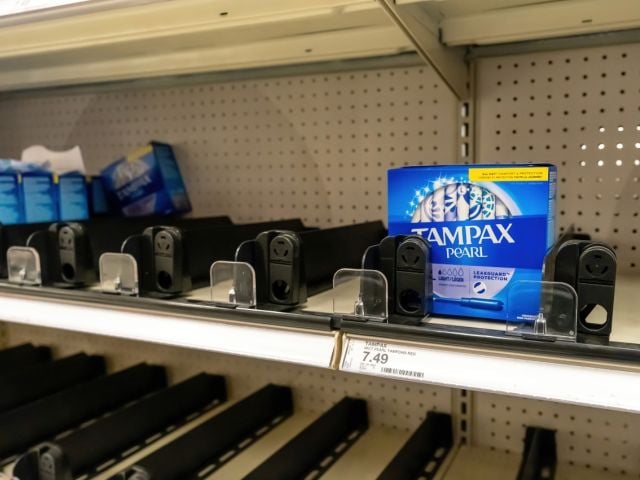
Fact versus fiction: ‘Forever chemicals’ hazardous substance designation is not a ban
If the Environmental Protection Agency designates the two best studied “forever chemicals” called PFAS as hazardous substances, manufacturers will not be forced to stop using them.

Are food and consumer product chemicals contributing to our obesity crisis?
The food industry insists America’s obesity crisis can be chalked up to simple math – people eat too much and exercise too little.
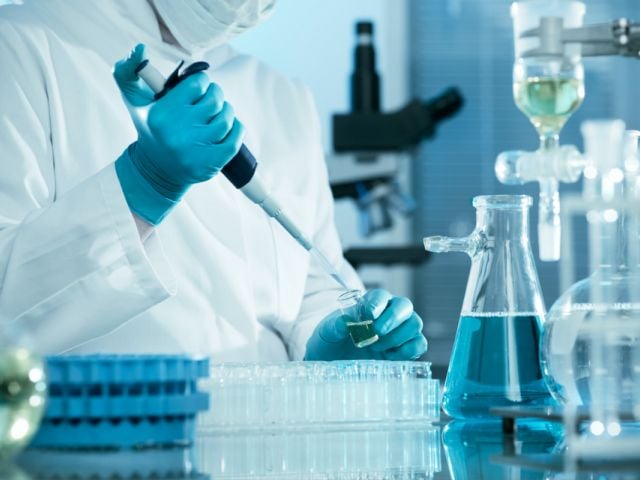
Bee-killing 'neonic' pesticides may also harm children’s health
Commonly referred to as neonics, neonicotinoids are insecticides frequently used as a seed-coating treatment for corn and soybeans and applied to a variety of fruits and vegetables. Their use in the U...
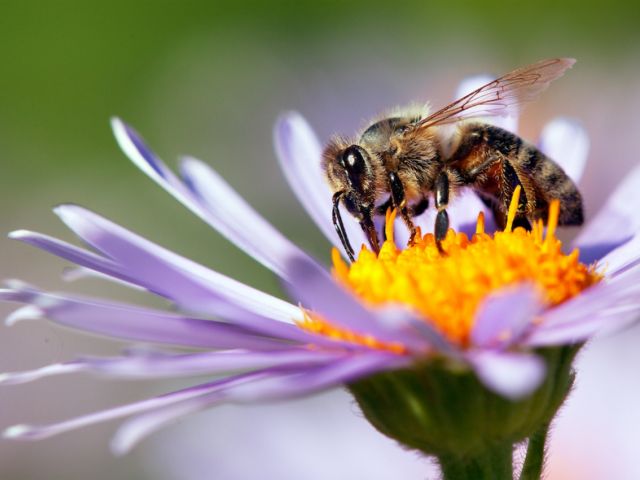
Staying healthy this Fourth of July
Independence Day is almost here, with the potential for fun, sun and fireworks. While preparing for barbecues, beach days and get-togethers with family and friends, keep in mind a few health and...

Plant-centered food lifestyle 101 and how your choices at home can help
Find out where you fall on the plant-centered food lifestyle continuum. Do you eat only plants? Or perhaps you mostly consume meat and dairy and only occasionally plant-based food.
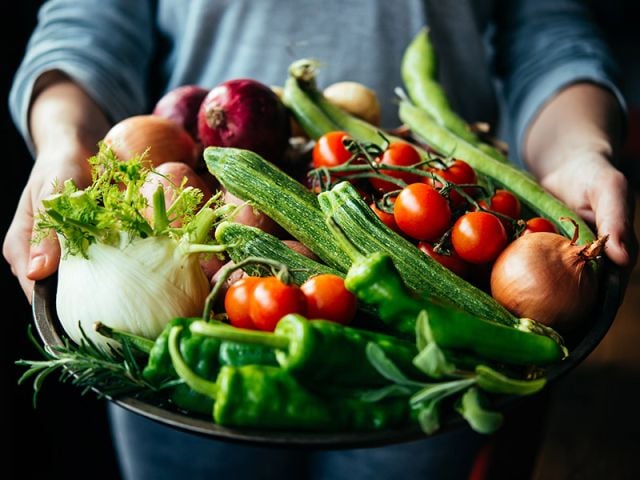
It’s time to end the use of ‘forever chemicals’ in firefighting ‘turnout gear’
What happens if life-saving equipment also poisons your body? Ask a firefighter – it’s been happening to them for the past half-century.

Blue-green blues: Summertime is the season for toxic algae
As summer begins, so does peak algae bloom season. Before planning a visit to any beaches, lakes or other bodies of water, make sure to look out for toxic algae outbreaks.
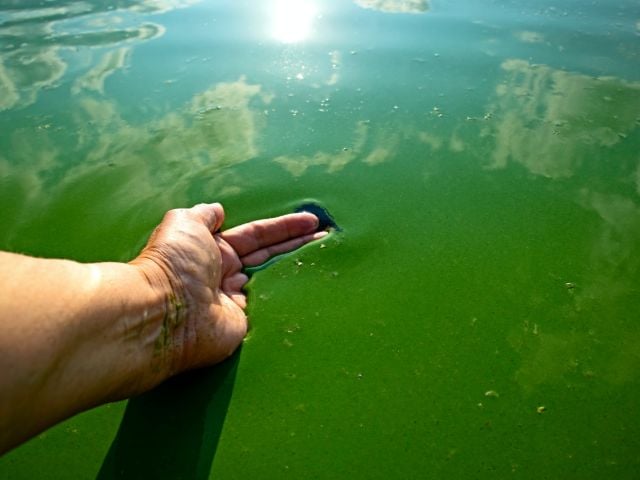
Military’s Filthy 50 sites contaminated with ‘forever chemicals’ haven’t started cleanup
The military has not begun cleanups at any of the 50 Department of Defense sites Congress has identified as highly contaminated with the “forever chemicals” known as PFAS – and it could be years...
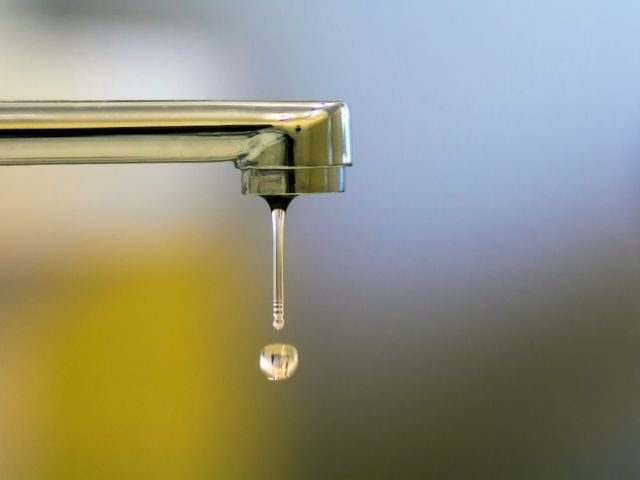
TOPGUN Navy base has top ‘forever chemicals’ contamination
Extremely high levels of the toxic “forever chemicals” known as PFAS have been detected at the home of the Navy’s famous TOPGUN training school, at Fallon Naval Air Station, in Nevada.

Produce industry picks wrong side by fighting EPA ban of brain-damaging pesticide
The nation’s non-organic fruit and vegetable growers are throwing their weight behind efforts to undo the Environmental Protection Agency’s ban on spraying produce with a pesticide known to harm to...
